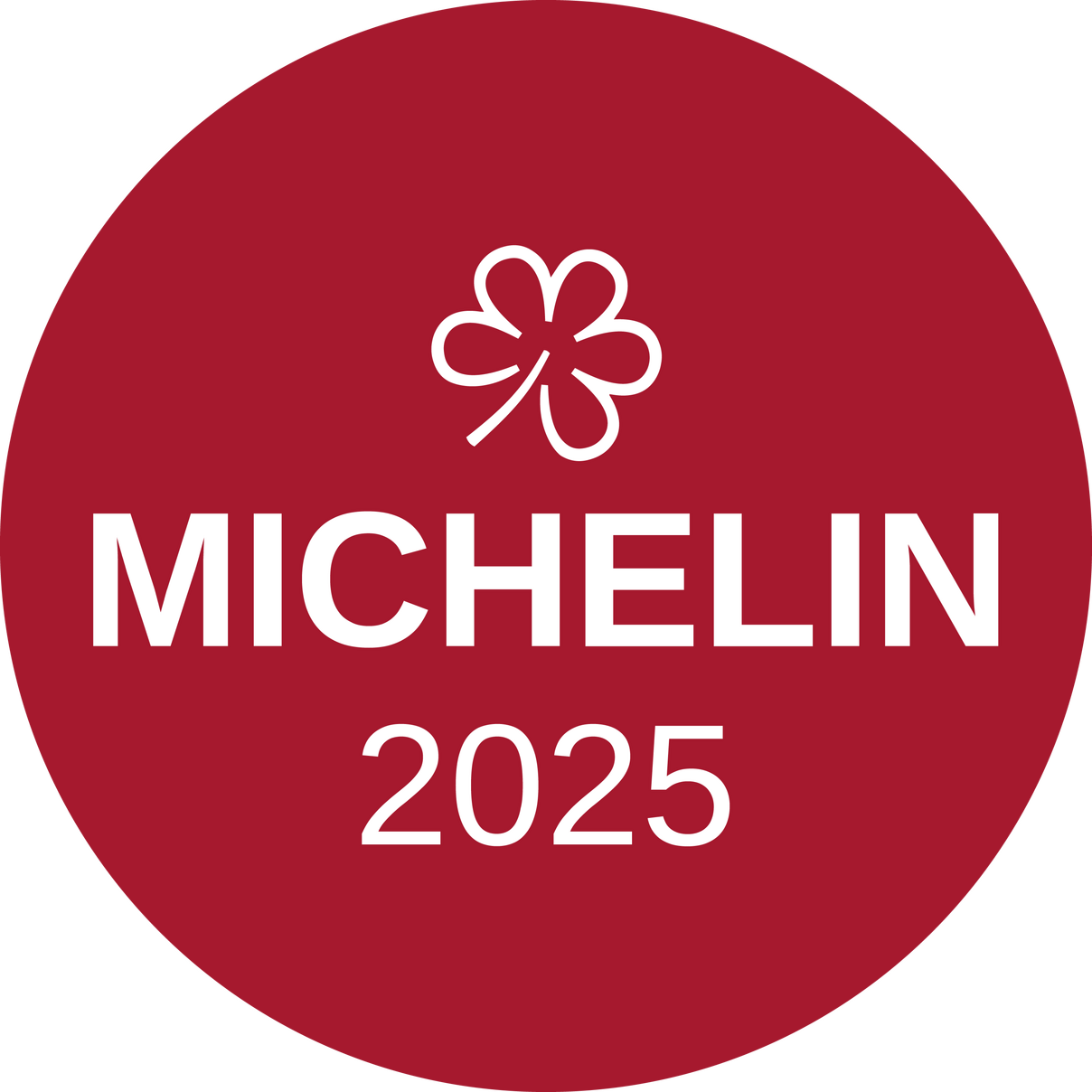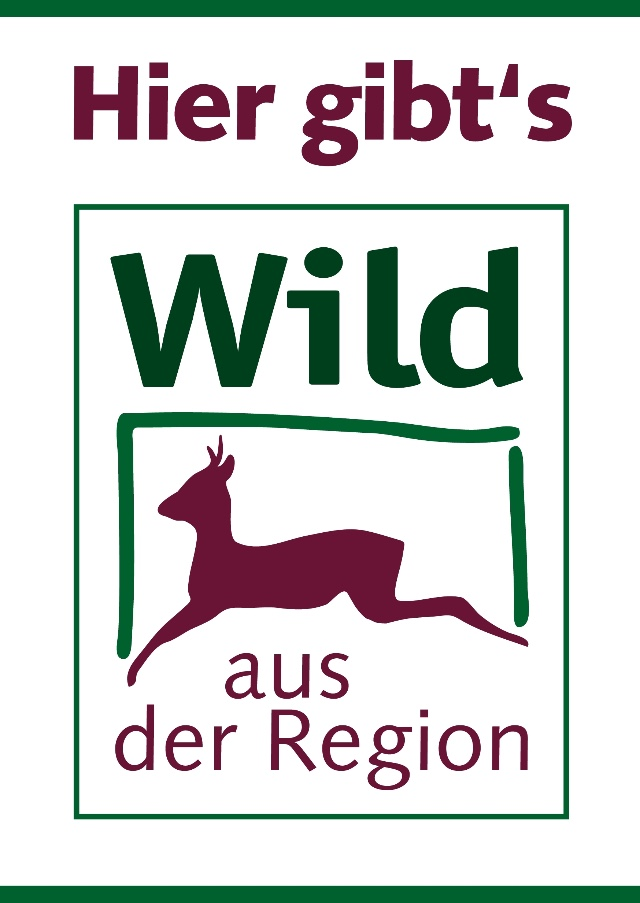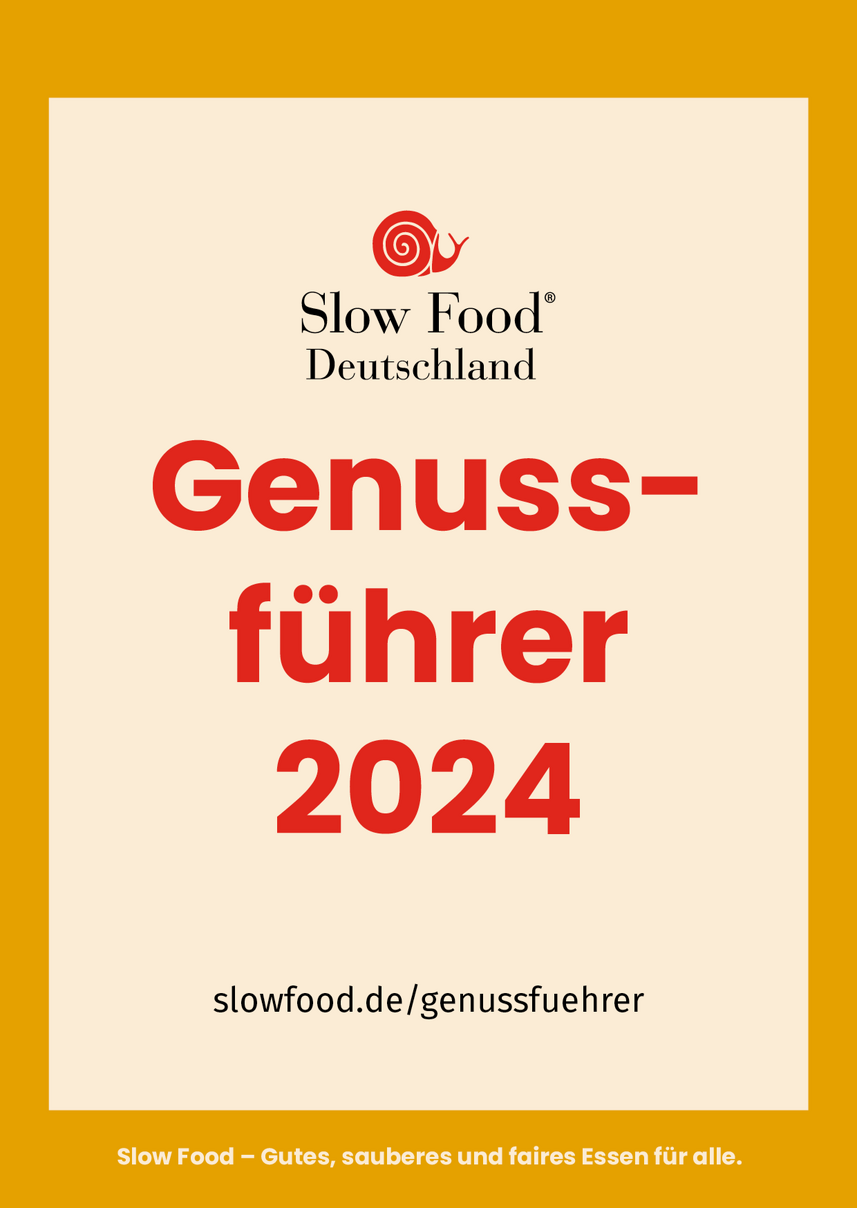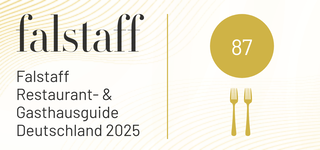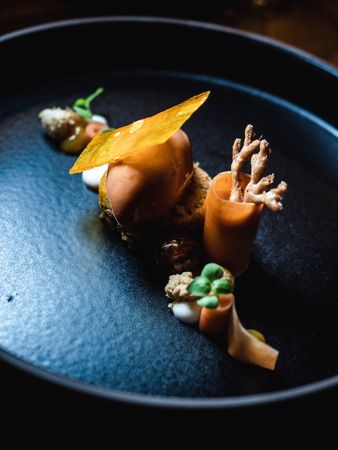
About Us
The Traube earlier
The history of the Traube
The Traube is characterized by a long and diverse history. We learn from many guests their own stories about the Traube. We hear about fond childhood memories of buying bread rolls at the bakery that was once housed here. About the shocking moments when the restaurant burned in 1983. About “the” Maria, who made the restaurant “her” Traube. From fellow students who scattered all over the world after studying and who found each other again after 30 years in the Traube. The restaurant is home to the oldest concession in the former town of Rohrbach. The walls once housed a stagecoach station, a butcher shop and a bakery. And in the 1950s, the Rohrbacher cinema, the “Luxor Lichtspiele”, was actually located here for seven years. It had 244 seats and offered 7-10 performances over 5-7 days. In 1981, the Clauer family from the Rohrbacher winery of the same name gave the Traube its current purpose. Over the years, the restaurant has become a national institution and is known far beyond Heidelberg. With the growing interest in their own wines and the expansion of the winery, the Clauer family wanted to dedicate more of their work to winegrowing again and therefore leased the restaurant from 2007. In 2015 they separated from the tenant and looked for a successor, which was found in Ole Hake and his partner Lisa Ziegler. The building was placed in the hands of the Hake family and carefully renovated. As a fresh family business, we initially developed an overall concept for the renovation in order to improve the work processes in daily restaurant operations and the feel-good atmosphere for the guests. The main idea was to bring more brightness and lightness into the very rustic and dark rooms, which were very gloomy due to the rough plaster on the walls that had been blackened by cigarette smoke and the deep brown ceiling beams. Special elements of the “old” Traube were highlighted by reducing the surrounding area, such as the sandstone wall, the hand-carved oak beams and the vestibule door, which was also hand-carved. Since then, the new eye-catcher of the restaurant has been the central steel staircase with oak steps, which now connects the two guest rooms and creates a completely new, friendly and open atmosphere in both rooms. Many changes are obvious at first glance, but more profound work has also been carried out - largely by hand - and, above all, renovations have been carried out “behind the scenes”. The cooling and storage rooms as well as the entire kitchen and sink area were expanded, modernized and re-tiled. Every “home builder” knows the challenges of renovation. With the Traube, the idiosyncratic old building charm and its special features were added. Many hours of nerves, dirt, sweat, motivation, good mood, frustration, love, ideas and thrown-out plans are in the individual “four” walls that house our restaurant. And on every corner there are stories that we and our family and friends have written to fill the house with our lives and those of our guests. In early autumn 2016 the time had come – the “new” Traube opened just in time for the Kerwe weekend. With many old but also new faces. Since then, a lot has happened. After more than six years and working under pandemic conditions, we know one thing above all: everything is changing, standing still is dangerous. We have learned a lot, constantly developed and look forward to every new experience.
Die Traube heute
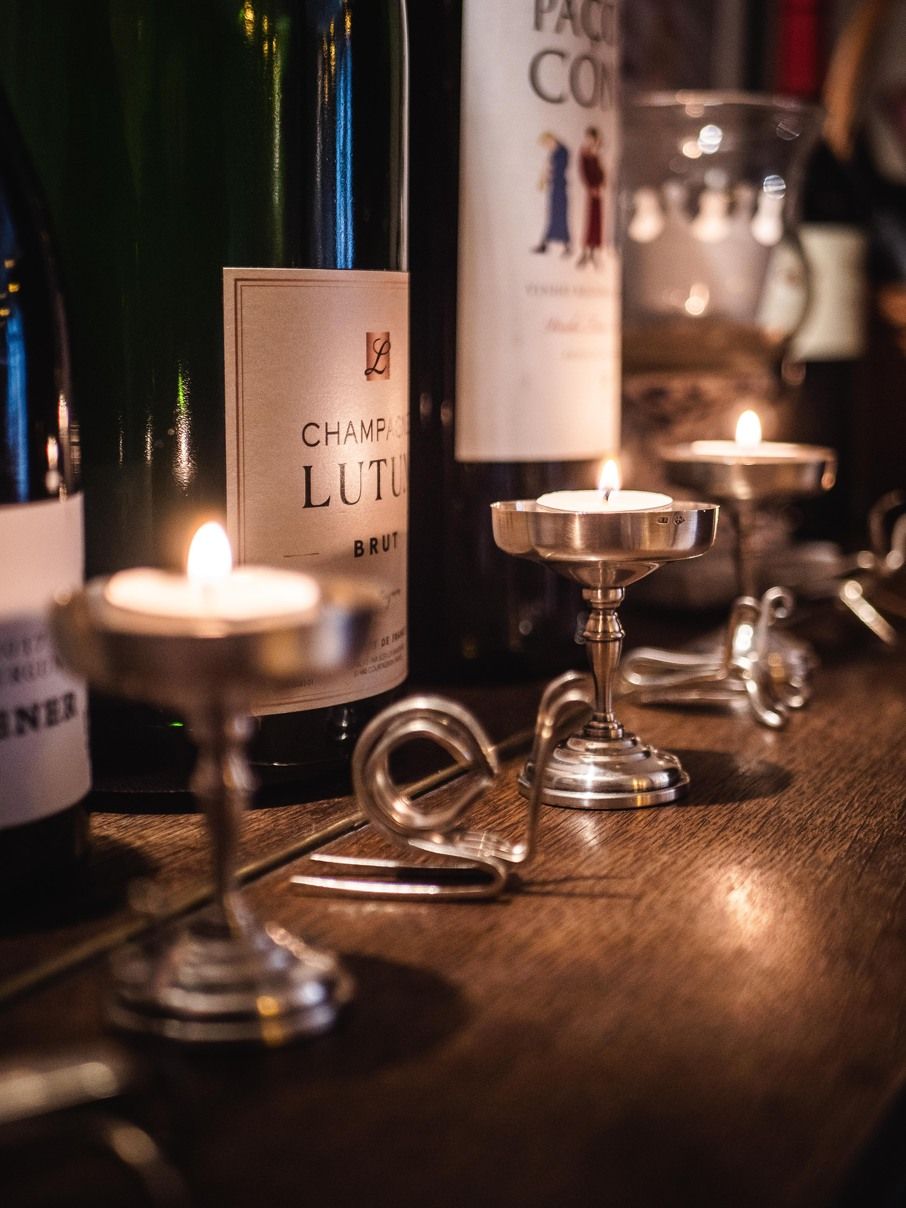

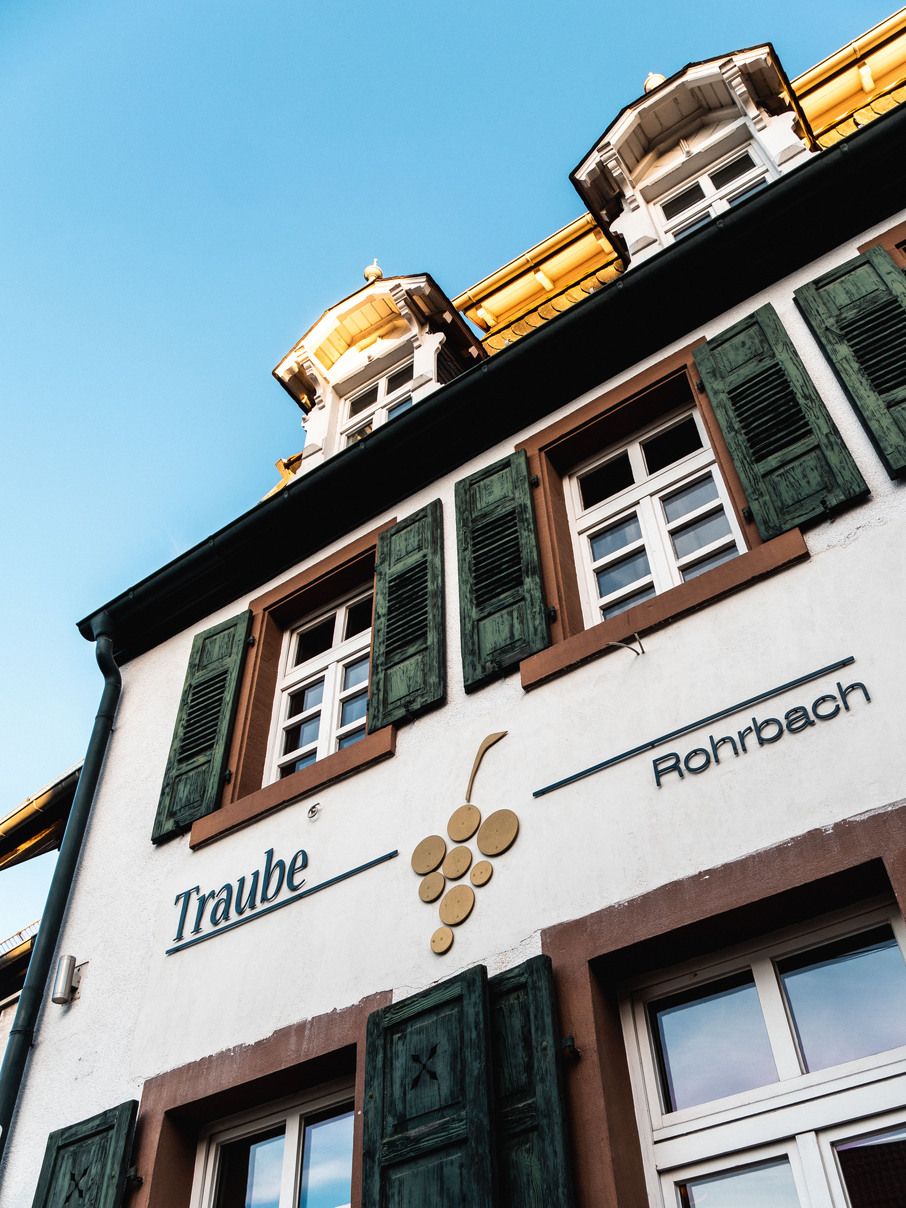
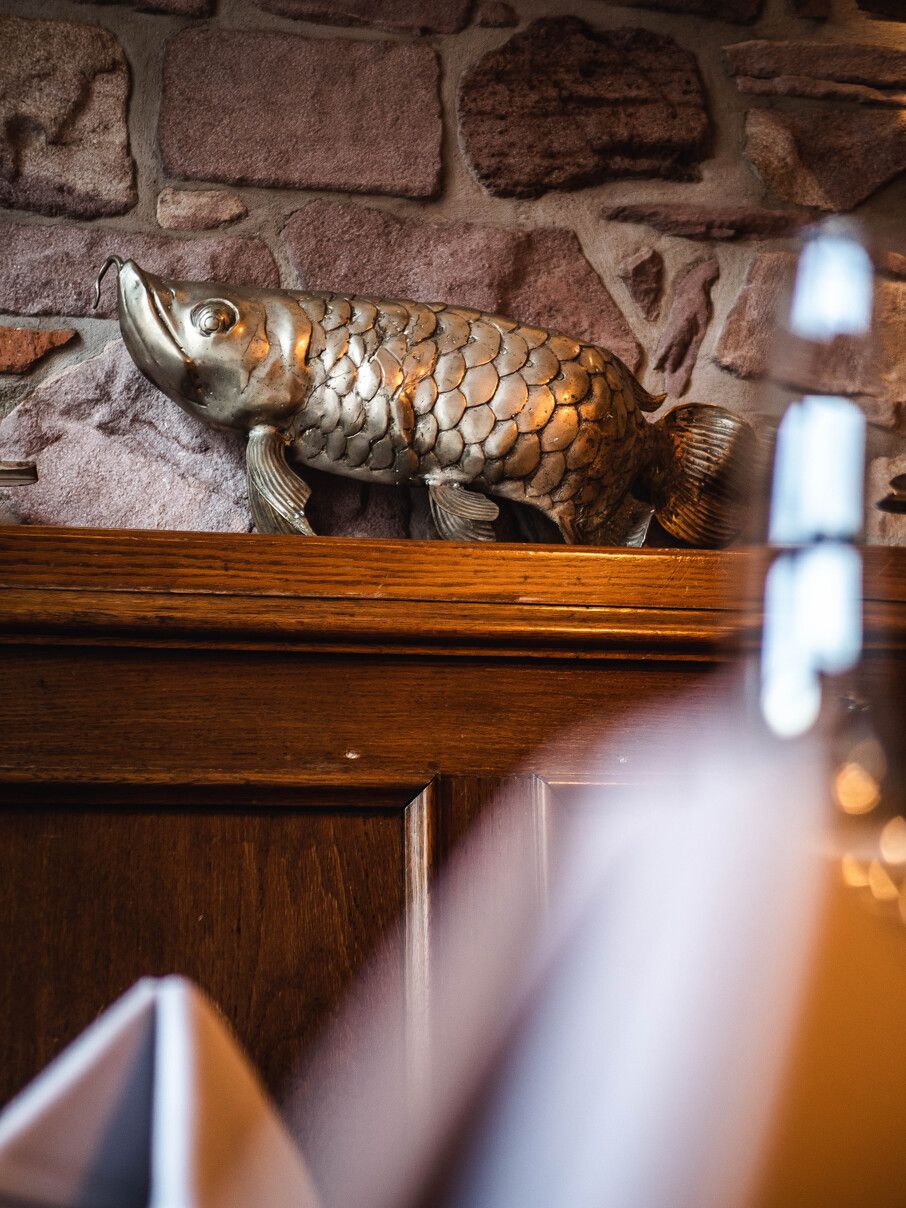

Our concept
regionality, seasonality and sustainability are not just trendy descriptions of our kitchen style. Since our opening in 2016, we have attached great importance to using products from the region. We have made even fewer compromises since 2021 and go a unique way! Since then, we have not only offered mainly, but only hunted meat - and at a high level! You can no longer find beef, goose, chicken. And even more: With the seal " Wild from the region " from the German Hunting Association, we undertake to obtain our wild meat from domestic territory within a radius of 100 kilometers. Our network now consists of more than 15 hunters that we all know personally and can therefore understand exactly where our meat comes from and how the animal died. why wild meat? Wild meat is climate -neutral, the animals live freely, self -determined and species -appropriate, only eat what they find in nature and they do not have to be fed (with medication). Uncertible working conditions such as in the meat industry, as they became known in Corona pandemic at the latest, and there are no long transport routes. By the way: Since 2021, owner Ole Hake himself has had his hunting license, which played a role in pulling the red line in meat processing. In the meantime, we have driven our expertise in game processing further and occasionally also offer specialties from the pigeon, badger or pheasant. Processing the animals holistically ( nose-to-tail ) is not a phrase for us, but a kitchen style. We get the animals delivered by our hunters and, when cutting, we already think exactly for which preparation type the individual parts of our own and what we can make of it, because depending on the animal (type), this differs greatly. At the same time, we want to tidy up with still widespread prejudices, for example that game meat always smells a bit "strict" and "muffled" or is only suitable for the dark season with red cabbage and a heavy sauce. Our alternative to meat Of course, we only know too well that even the most sustainable meat does not affect everyone's eating habits, so we also have vegetarian and vegan dishes. We rely on high quality output products as with meat & fish. But we don't just apply the "nose-to-tail" and sustainability idea to meat. For example, we only process fresh water fish from the Rhine and the Odenwald, mussels from the North Sea and do without wines (and all other products) from overseas.
Other suppliers & products are:
Nussloch goat cheese farm Village cheese dairy Geiftshofen, Bühlerzell Apple juice from orchards from the region Forellenhof Lenz, Oberzent Zander, pike, Wels and perch from the Rhine between Karlsruhe and Mannheim from the Rheinfischern Gold deer and quinoa from the Odenwald Chickpeas from Hohenlohe Vinegar specialties by Theo Berl, Kehl Oils from the Wasgau oil mill, Hauenstein Vegetables from vegetable shop, Heidelberg Shrimp from "new seas", Gronau (leash) Oysters, vongole, Kalamari and sword mussels from the North Sea of Auster region self -picked flowers, herbs and fruit from your own garden Inge & the honey bear Gin by Eric Kletti, Mosbach Rubycube vinegar creation from Landau Goodvine’s non -alcoholic wines from Heidelberg Espresso from the Bonafede private roaster, Hockenheim Drinks Kern, Wiesenbach Asparagus from Schwetzingen, fruit building PfistererOur awards
